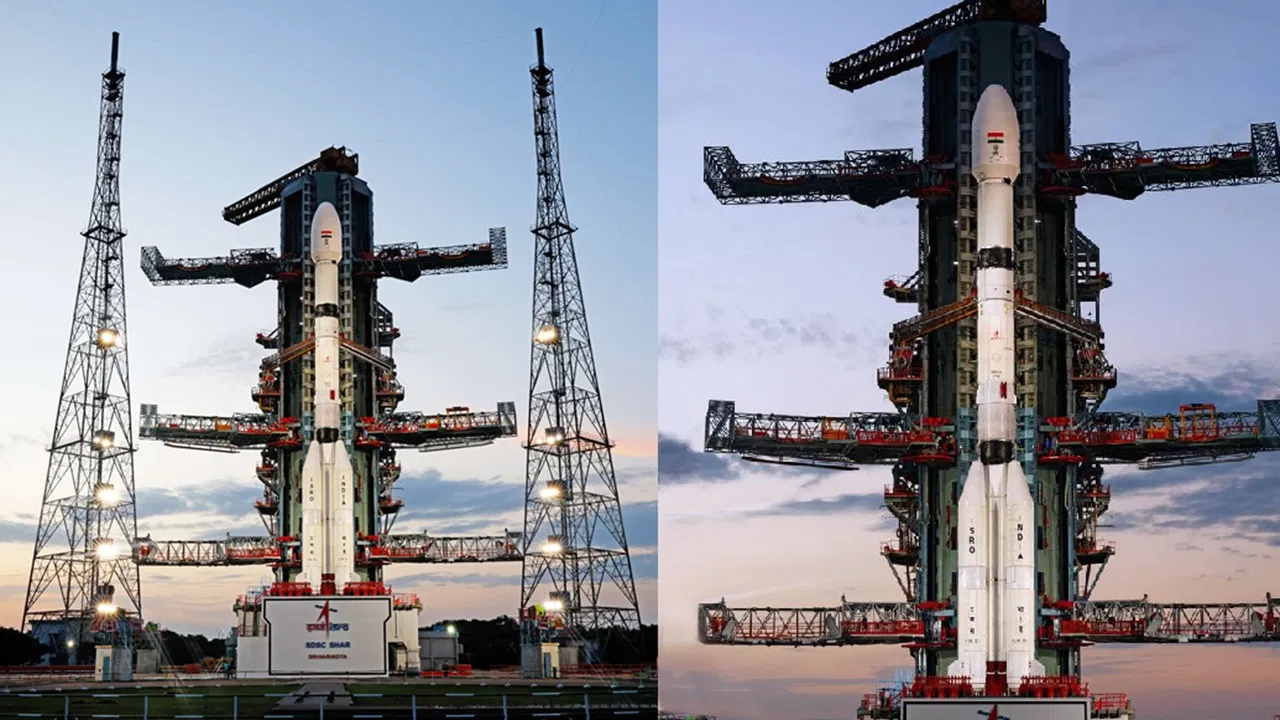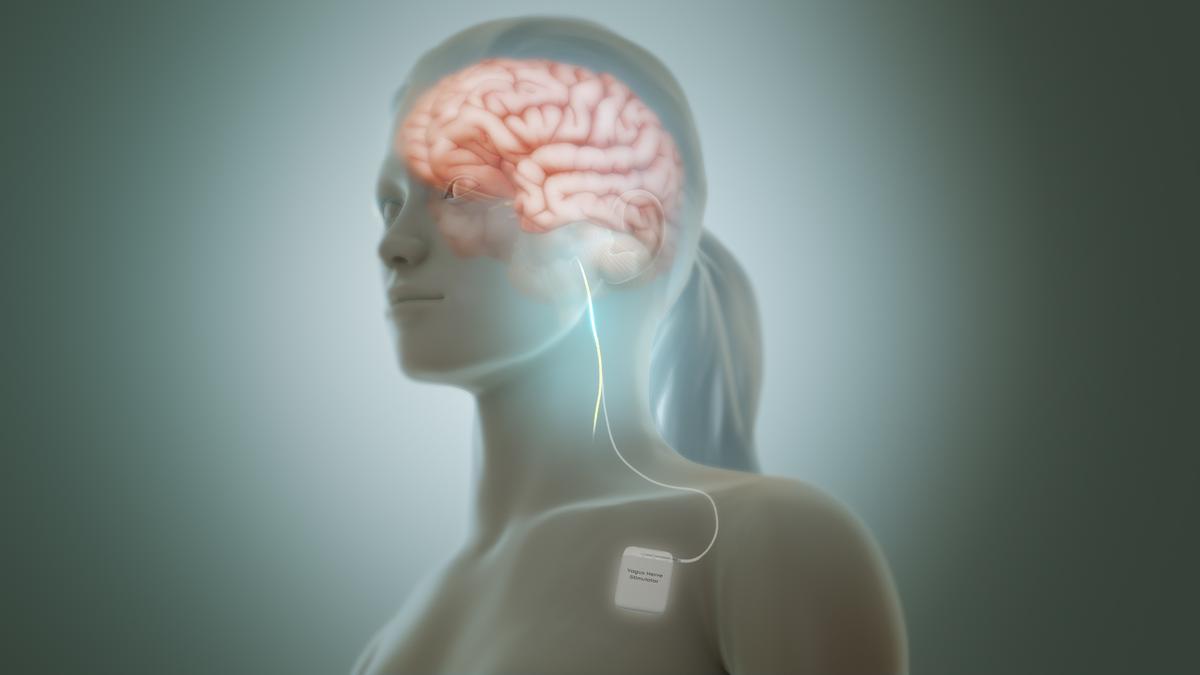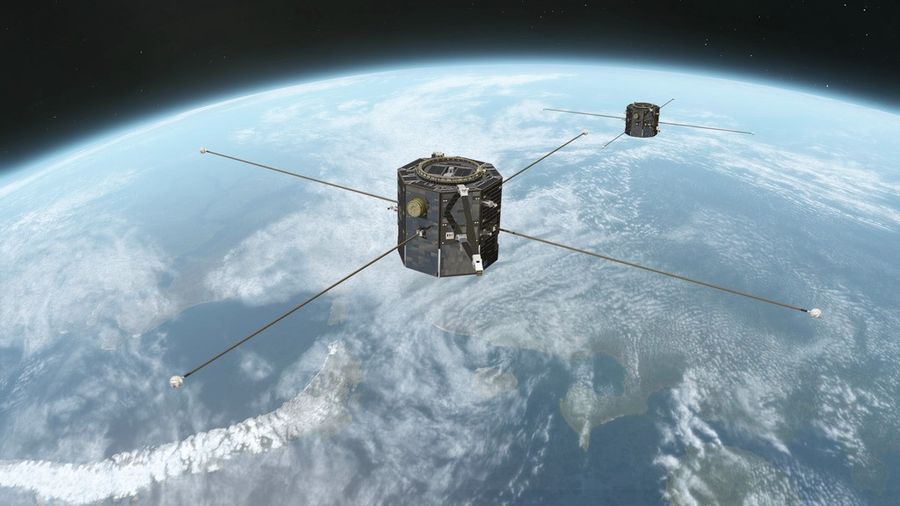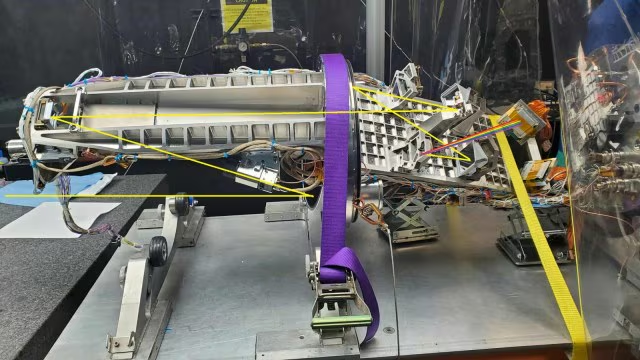Description
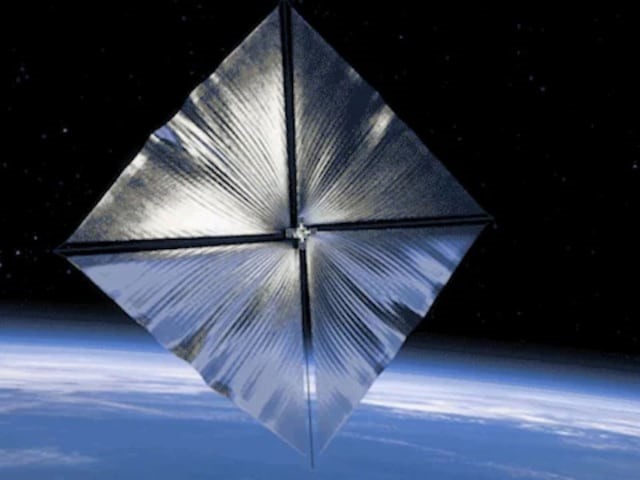
Source: News18
Disclaimer: Copyright infringement not intended.
Context
- NASA recently launched its Advanced Composite Solar Sail System (ACS3) spacecraft from New Zealand.
- Launched on April 23, 2024, ACS3 deploys a sail about the size of a small apartment from a toaster oven-sized spacecraft.
Details
- ACS3 is a technology demonstration mission aimed at characterizing solar sail structures for future small spacecraft engaged in deep space missions requiring long-duration, low-thrust propulsion.
- Designed to characterize solar sail structures technologies for future small spacecraft engaged in deep space missions requiring long-duration, low-thrust propulsion.
- ACS3 is a CubeSat, featuring four 7 m long deployable composite booms.
- Propulsion Method: Similar to a sailboat powered by wind, solar sails utilize the pressure of sunlight for propulsion, eliminating the need for conventional rocket propellant.
Solar Sailing
- Principle: Solar sailing utilizes the momentum of photons in sunlight to propel spacecraft.
- Mechanism: When sunlight reflects off a shiny solar sail, some of its momentum is transferred, giving the sail a small push.
- Continuous Thrust: This push, although slight, is continuous and can impart more thrust to a spacecraft over time compared to traditional chemical rockets.
- Unique Destinations: Solar sails enable access to unique destinations in space that are difficult or impossible to reach with other propulsion systems.
- Interstellar Travel: Solar sails may be the best option for interstellar travel, offering a promising avenue for exploring distant stars and galaxies.
Advantages
- Reduced Dependency on Fuel: By utilizing solar energy, the mission reduces dependency on heavy propulsion systems and costly fuel.
- Longer Mission Durations: Solar sail technology enables longer-duration missions at a lower cost, opening up new possibilities for extended space exploration.
- Infinite Propulsion Source: With the Sun providing an infinite supply of energy, solar sail technology offers sustainable propulsion for future missions.

CubeSats
- CubeSats are small, standardized satellites with a cubic shape, typically measuring 10x10x10 centimeters (hence the name "CubeSat").
- They are designed for space research, technology demonstration, and educational purposes, providing a low-cost and accessible platform for conducting experiments in space.
History:
- CubeSats were first developed in the late 1990s by professors Jordi Puig-Suari of California Polytechnic State University (Cal Poly) and Bob Twiggs of Stanford University.
- The first CubeSat was launched in 2000s as a secondary payload on a Russian rocket.
- In 2003, Cal Poly and Stanford University established the CubeSat standard, defining size, mass, and deployment mechanisms to facilitate interoperability and launch opportunities.
Structure:
- CubeSats typically consist of standardized cubic units, each measuring 10x10x10 centimeters (1U). Larger CubeSats can be composed of multiple units (2U, 3U, 6U, etc.).
- The structure is often made of aluminum or other lightweight materials to minimize weight and maximize payload capacity.
- The payload includes scientific instruments, sensors, cameras, communication systems, or other experimental equipment tailored to the mission objectives.
- CubeSats are equipped with solar panels to generate electrical power from sunlight.
- Batteries or capacitors store excess energy for use during eclipse periods when the satellite is in Earth's shadow.
Propulsion
- Propulsion refers to the mechanism or system that generates the force needed to move an object in a desired direction.
- In the context of aerospace and transportation, propulsion systems are essential for powering vehicles through air, space, water, or on land.
Types of Propulsion Systems:
Chemical Propulsion:
- Rocket Engines: Utilize chemical reactions, typically involving liquid or solid propellants, to produce thrust. Examples include liquid-fueled rockets (e.g., SpaceX Falcon 9) and solid rocket boosters (e.g., Space Shuttle Solid Rocket Boosters).
- Jet Engines: Burn fuel (usually jet fuel or aviation gasoline) with compressed air to produce thrust. Types include turbojet, turbofan, turboprop, and ramjet engines used in aircraft propulsion.
Electric Propulsion:
- Ion Thrusters: Accelerate ions using electromagnetic fields to generate thrust. Commonly used in space propulsion for long-duration missions, such as ion thrusters on satellites and deep space probes.
- Hall Effect Thrusters: Similar to ion thrusters but utilize a magnetic field to trap and accelerate plasma, providing efficient propulsion for satellites and spacecraft.
- Electric Propeller: Utilizes electric motors powered by batteries or fuel cells for propulsion in electric aircraft and unmanned aerial vehicles (UAVs).
Nuclear Propulsion:
- Nuclear Thermal Propulsion: Utilizes nuclear reactors to heat propellant, producing high-velocity exhaust for spacecraft propulsion. Proposed for future crewed missions to Mars and beyond.
- Nuclear Electric Propulsion: Employs nuclear reactors to generate electricity, which powers electric propulsion systems like ion thrusters for deep space missions.
Solar Propulsion:
- Solar Sails: Utilize sunlight pressure on large reflective sails to propel spacecraft. Offer sustainable propulsion for long-duration missions and interstellar travel.
Other Propulsion Systems:
- Hybrid Propulsion: Combines two or more propulsion technologies for enhanced performance and flexibility.
- Air-Breathing Engines: Utilize atmospheric oxygen for combustion, such as scramjets and ramjets, for high-speed flight in Earth's atmosphere.
- Magneto-Plasma Propulsion: Uses magnetic fields and plasma to generate thrust for spacecraft propulsion.

Principles of Propulsion:
- Newton's Third Law: Propulsion systems work based on Newton's third law of motion, which states that for every action, there is an equal and opposite reaction. Thrust is generated by expelling mass (propellant) in one direction, resulting in the vehicle moving in the opposite direction.
- Conservation of Momentum: Propulsion systems transfer momentum from the expelled propellant to the vehicle, causing it to accelerate in the desired direction.
- Energy Conversion: Propulsion systems convert stored energy (chemical, nuclear, electrical, or solar) into kinetic energy (motion) by accelerating propellant to high velocities.
Sources:
News18
|
PRACTICE QUESTION
Q. Discuss the significance of propulsion systems in space exploration and their contribution to advancing human understanding of the universe. (250 Words)
|
Array
(
[0] => daily-current-affairs/advanced-composite-solar-sail-system
[1] => daily-current-affairs
[2] => advanced-composite-solar-sail-system
)






